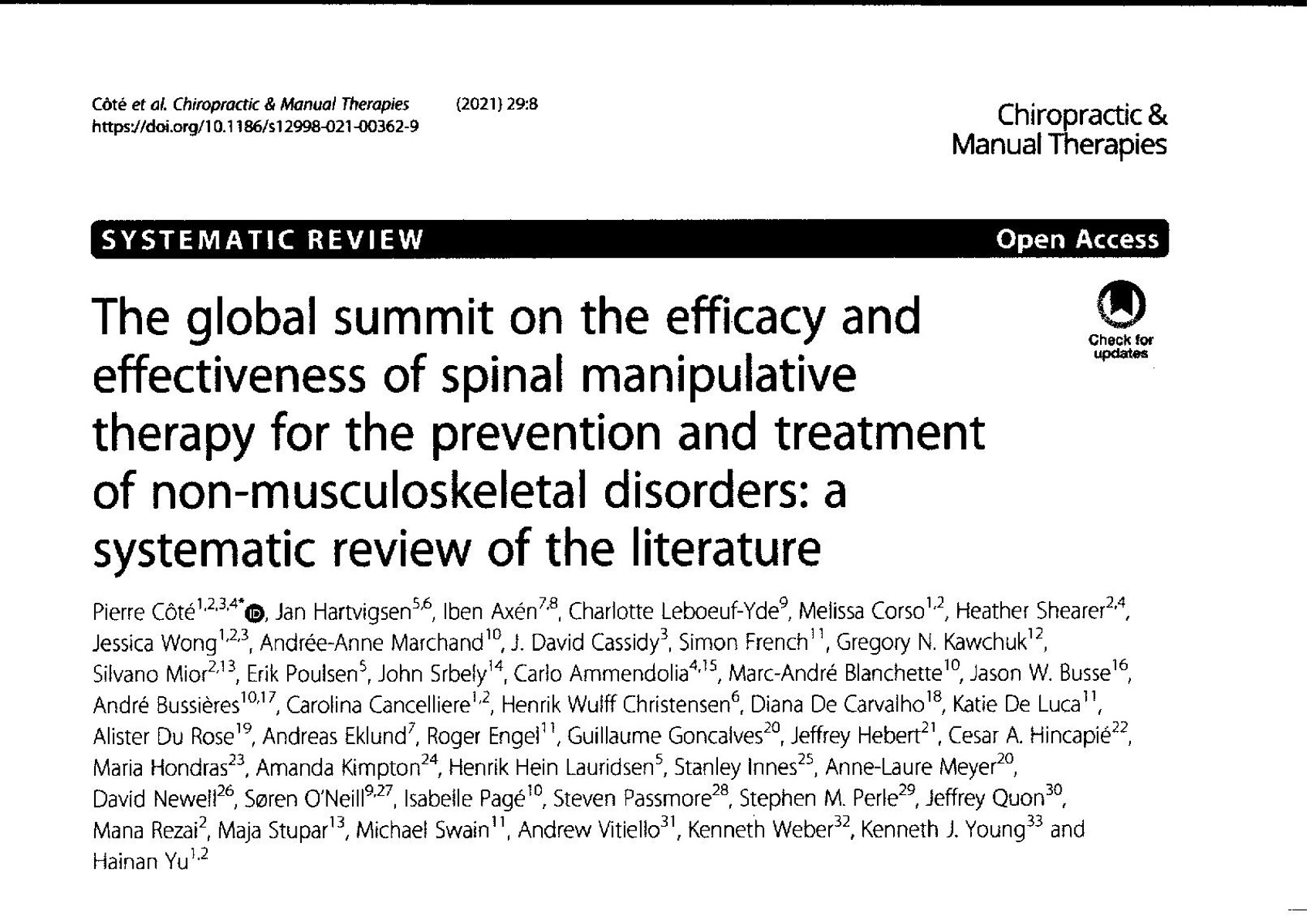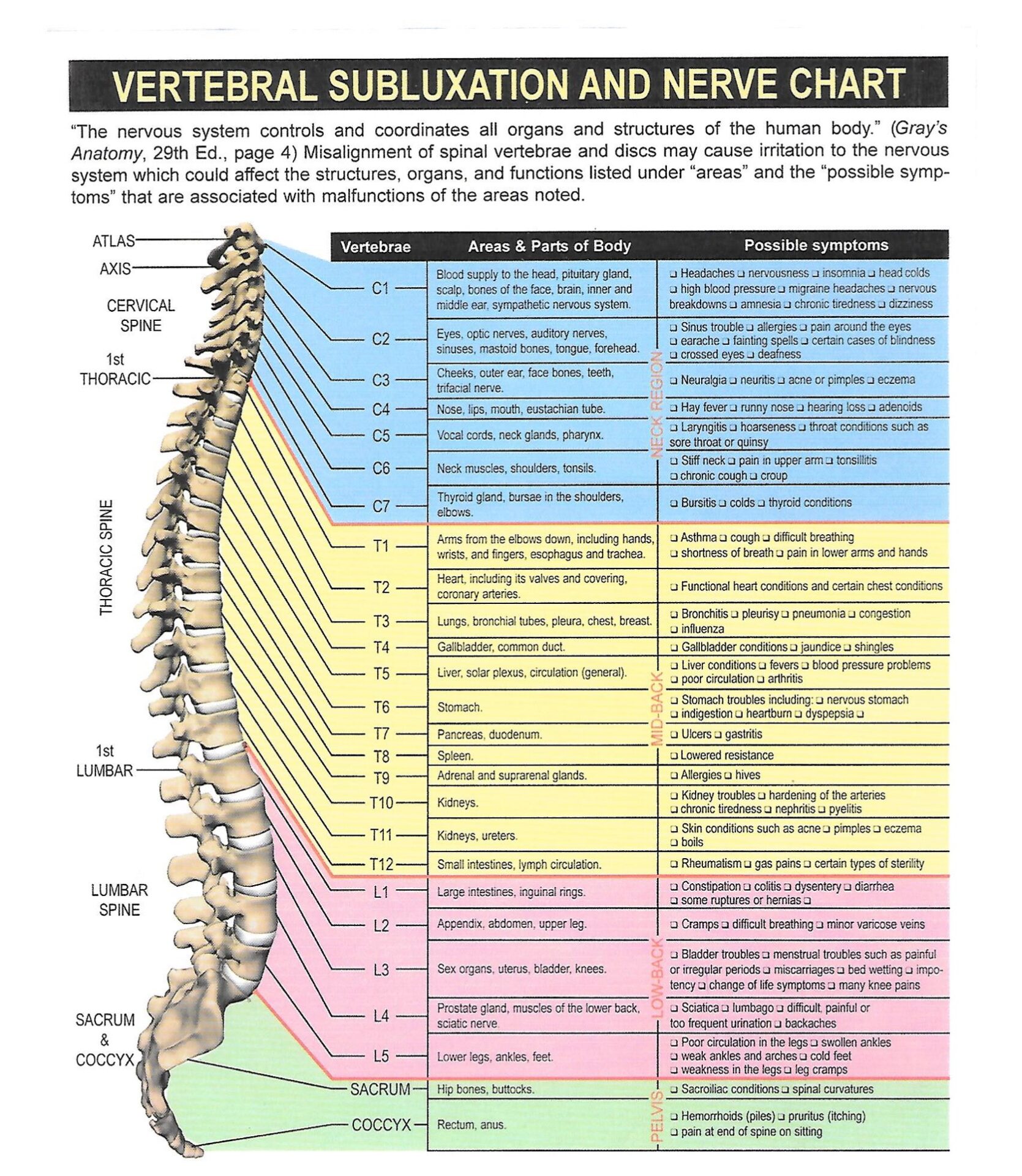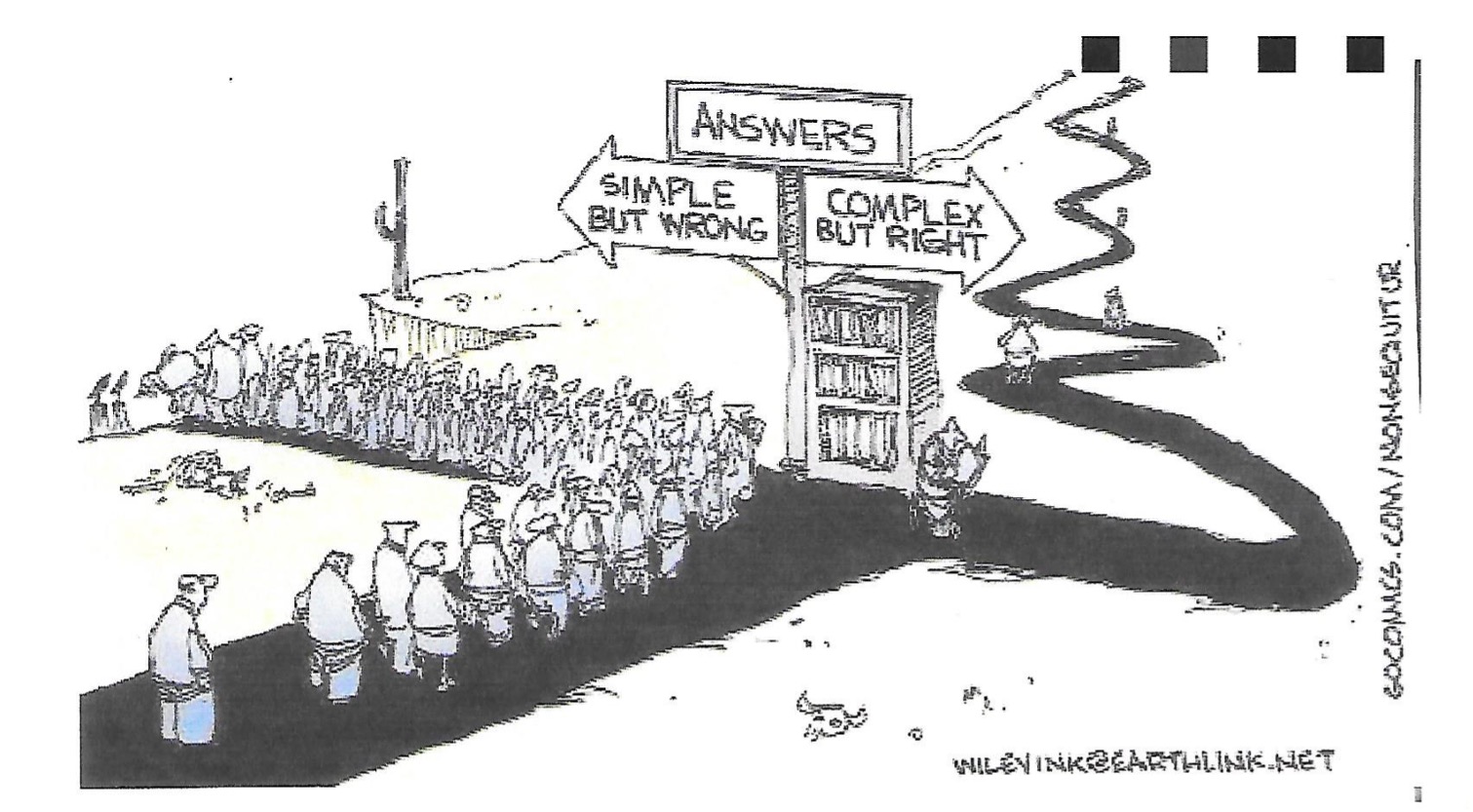Preamble: The chiropractic subluxation theory (belief) that a vertebral subluxation can cause organic disease by affecting spinal nerves is scientifically indefensible since spinal nerves supply musculoskeletal structures and not organs which are supplied by a separate autonomic system. There is now conclusive evidence that the temporary neurological (autonomic) and physiological effects of spinal manipulation have no significant effect as a treatment for non-musculoskeletal disorders.
Vindication for Subluxation Deniers
When I published my book Bonesetting, Chiropractic, and Cultism in 1963, I stood alone as a chiropractor in my conclusion that the chiropractic vertebral subluxation theory was false and that spinal manipulation was not an effective treatment for organic disease. Over the years, I published many articles expressing my view that there is no credible evidence supporting subluxation theory. Today, in the United States, chiropractic continues to be defined in state laws as a method of adjusting a “vertebral subluxation complex” to restore and maintain health.1 The chiropractic profession continues to oppose limiting chiropractic to care of musculoskeletal disorders.
On September 14-15, 2019, in Toronto, Canada, 50 researchers from 8 countries and 28 observers from 18 chiropractic organizations met in a Global Summit to determine the efficacy and effectiveness of spinal manipulative therapy for the primary, secondary and tertiary prevention of non-musculoskeletal disorders. Here is their conclusion:
Our systematic review included six randomized clinical trials (534 participants) of acceptable or high quality investigating the efficacy or effectiveness of SMT [Spinal Manipulative Therapy] for the treatment of non-musculoskeletal disorders. We found no evidence of an effect of SMT for the management of non-musculoskeletal disorders including infantile colic, childhood asthma, hypertension, primary dysmenorrheal, and migraine. This finding challenges the validity of the theory that treating spinal dysfunctions with SMT has a physiological effect on organs and their function. Governments, payers, regulators, educators and clinicians should consider this evidence when developing policies about the use and reimbursement of SMT for non-musculoskeletal disorders.2
Six of 50 participants (12%) in the Global Summit did not approve the final report.
Belief in Subluxation Theory Will Not Disappear
Although there is increasing opposition to chiropractic vertebral subluxation theory or the use of spinal manipulation as a method of restoring and maintaining health, there is no reason to believe that subluxation-based chiropractic care will disappear. In a belief system alienated by science, true believers will continue to adhere to the simple fundamental definition that gave birth to the chiropractic profession. It is important that consumers be informed about the pros and cons of chiropractic care so that they can recognize the signs and the jargon of subluxation-based chiropractors who propose to treat a variety of ailments by adjusting vertebral subluxations. A wall chart associating spinal nerves with diseased organs in the office of a chiropractor is reason enough to exit the office.
References
- Bellamy J. Legislative Alchemy: The U.S. state chiropractic Practice Acts. Focus on Complementary and Alternative Therapies. 15(3):214-222.2010
- Cote P, Hartvigsen J, Axen I, et al. The global summit on the efficacy and effectiveness of spinal manipulative therapy for the prevention and treatment of non-musculoskeletal disorders: a systematic review of the literature. Chiropractic and Manual Therapies. February 17, 2021.




